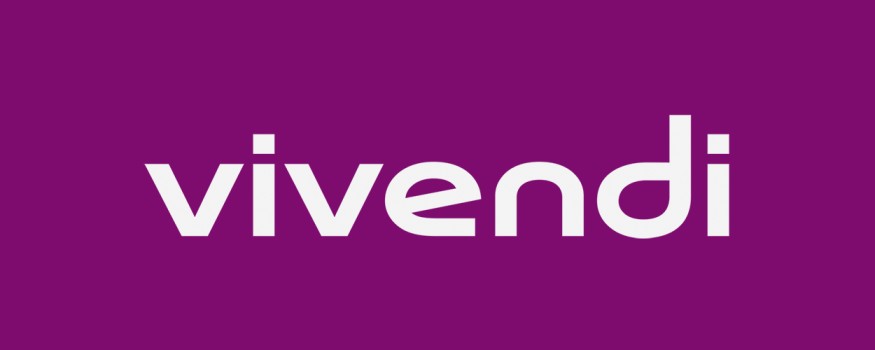From Star Managers To Star Providers – Story Of StarClinch.
– How this solution-oriented startup set its foot in the most unorganized, unstructured industry in an attempt to streamline the infamous ecosystem.
Entrepreneurs are natural at thinking up solutions to problems people face. They have a vision of correcting a wrong in their environment and end up creating something exceptional and offering succor to everyone around them. Similar is the story of Mr. Varun Agrawal, founder, and CEO – StarClinch aka disruptor of the entertainment industry.
The reputation of the Entertainment and Arts industry has been besmirched brutally due to various reasons openly known to the public and followers of footlights. The showbiz industry seeks to captivate, shock, inspire and amuse audiences of every stripe, in spite of all the attractiveness of this arena, some risk-taking is certainly essential — but this industry is likely among the most difficult to manage.

The challenges and risks associated – some already established and some emerging are third-party liability, surety/guarantee of performance deliverance, shortage of talent, digitization, non-standardization, etc.
Today, the global market for art is over 50 billion dollars. It is not standardized, the prices are not transparent, and there is no regulation of the sector as a whole. The aforementioned elements are crucial characteristics of any investment asset. The absence of these qualities leaves the art market open to manipulation. These limitations were unimportant in the past because art was mostly purchased for personal use. An example would be if you purchased a painting because you liked it and put it in your living room where you could enjoy looking at it. However, it wasn’t yet a valuable investment asset. Today, however, things are different; art is more diverse than just paintings, and not all artists focus exclusively on producing them.
To consider the art, entertainment, and recreation industry as an investment asset, rectifying the challenges and risks is an uphill struggle. It requires a great deal of determination, vision, ceaseless efforts, and ardent passion to create a smooth ecosystem out of unorganized industry.
The art, culture, and entertainment domains today include audiovisual, cinema, live performance in all its disciplines, music in all its components, museums, and heritage, visual arts, design, architecture, crafts, video games, books, and press. A wide variety of opportunities is available for the artists to express themselves as well as explore what the market has to offer. However, due to the disorganized and unstructured nature of this arena, artists and clients are unable to connect effectively with each other. To provide a solution for this untapped space in the gig economy, the aim of StarClinch is to act as a trust layer and ensure a transparent, efficient business between parties.
Starting in 2015 from a basement with just 3 people and tremendous zeal in their minds, Varun entered the arts and event industry with a vision to capture the management aspect of it. Cut to 2022 with a workforce of 15 people equivalent to 30 in a co-working space, survived a deadly pandemic and its consequences, and completely digitized its website for easy browsing, shortlisting, and booking of talent, the journey of StarClinch has been no less than a rollercoaster.
Back in 2015, StarClinch was more or less an offline business with a website as a listing platform for artists primarily focussing on Live Bands and Singers. The team physically visited their clients which were mainly restaurants and bars in and around Delhi to provide them with lower-budget artists who performed at the cafes. In the good old days, the website was not used as a gateway for online transactions and was not technically forward.
The team started to analyze the problems and issues they experienced firsthand and decided to shift their gear towards adopting an online model of business and scale their product for a smoother interface for both artist buyers as well as artist providers. In 2018, they upped their game by introducing the “See Price” & “Book Now” options on the website which allowed the clients to initiate payments via the website itself after exploring and ruminating the artists’ profiles.
At present, StarClinch is the first Indian company to be VC funded that works in the entertainment sector and is eyeing to capitalize on the opportunity while addressing unstructured talent discovery, reference checks, and performance assurance. The objective is to act as an umbrella platform for its customers and be a one-stop solution for booking any live artist. It is a product that would help budding entertainers & artists make a presence in the gig economy. They recently have assisted organizations such as Maersk Tankers, Twilio, JTB India, and Meesho to procure artists for their events.

